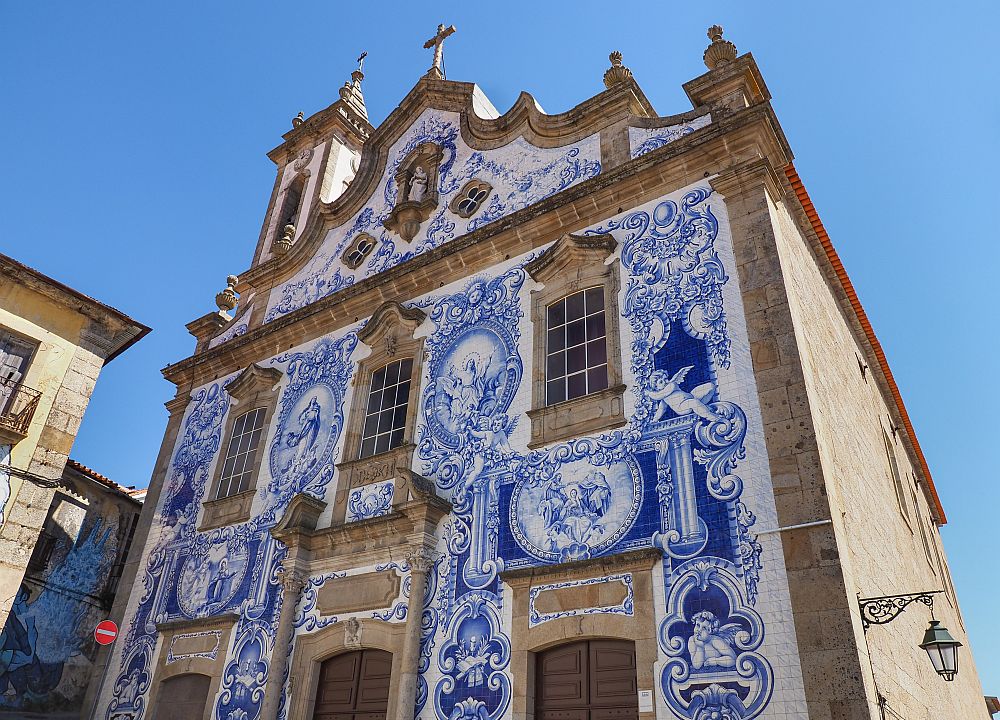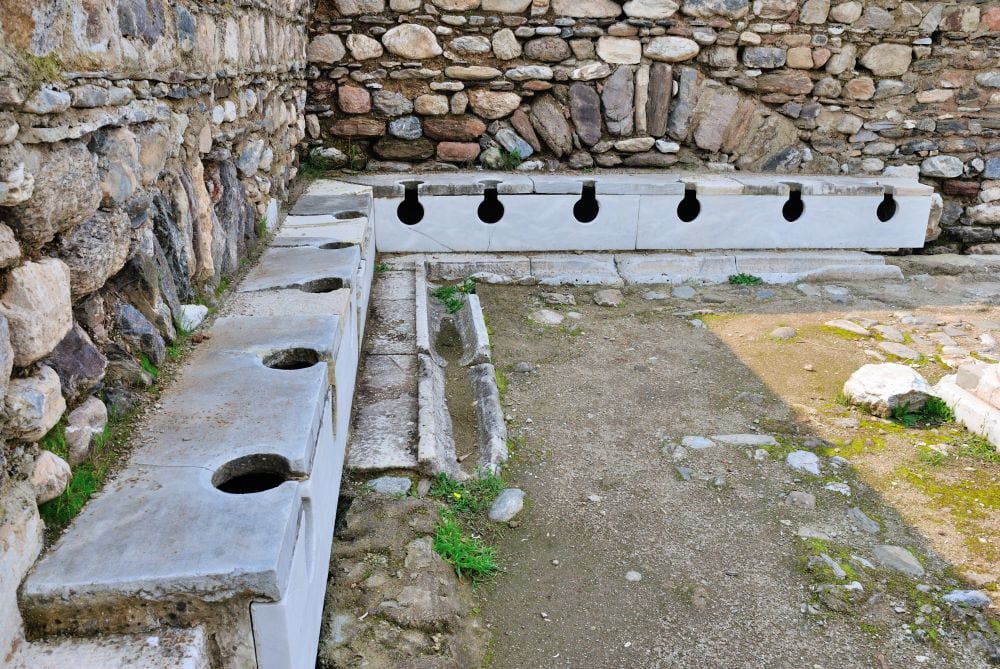
[Image above] Almost everyone knows the story of Frankenstein—but who knows the story of golems, the animated anthropomorphic beings in Jewish lore? Credit: smokeghost, Flickr (CC BY-NC 2.0)
This Saturday is Halloween in the United States, and the typical trick-or-treating tradition is set to look very different this year as people come up with creative solutions to hand out candy safely.
One aspect of Halloween that is likely to remain fairly standard, though, is the costumes. In particular, vampires, ghosts, and clowns are among the most searched costumes on Google each year.
Of course, the monsters you typically see wandering the streets on Halloween represent a very small slice of the vast number of creatures that lurk in folklore around the world. From nuckelavee to the bunyip, there are hundreds of unique creatures you could choose to go as instead. And today, I suggest one that may be of interest to ceramicists—the golem.
Golem: A lore 2,000 years in the making
When I say golem, I am not referring to the alter ego of Sméagol in Lord of the Rings. Golem is the name for an animated anthropomorphic being that is created entirely from inanimate matter, usually clay or mud.
The origins of the golem are often traced back to the Sefer Yetzirah (Hebrew: “Book of Formation”), the earliest existing book on Jewish esotericism that deals with creation of the universe. The manuscript, which is typically dated to 100–200 CE, does not itself include a step-by-step guide on creating a golem. However, commentaries on the Sefer Yetzira written in the 12th and 13th centuries elaborate on the creation process.
The most well-known example of golems in Jewish lore is The Golem of Prague. This narrative tells of how Judah Loew ben Bezalel, the late 16th century rabbi of Prague, created a golem out of clay to defend the Jewish community from anti-Semitic attacks. However, the golem grew violent, and Rabbi Loew was forced to deactivate it.
The video below provides more details on the golem creation process, the differing versions of The Golem of Prague, and the real-life Rabbi Loew.

Credit: Storied, YouTube
Golems in contemporary media
Golem stories spread through Germany in the 17th and 18th centuries, with the Prague legend making its way to print in the early 19th century. Versions of this story eventually crossed into the literary mainstream, influencing non-Jewish storytellers like Mary Shelly, the author of Frankenstein.
The first appearance of golems onscreen occurred in 1915 with the release of Der Golem, the first in a series of silent golem-themed films by German actor, writer, and film director Paul Wegener. However, between that series and the 1990s, explicit use of golems in movies rarely occurred—the golem-inspired Frankenstein instead was the focus of box office hits. Now, though, the use of golems onscreen is more regular, for example, in The X-Files, The Simpsons, and Grimm.
Golems also appear in other forms of media, including
- Opera: There are several operas based on the Prague story, including Abraham Ellstein’s The Golem (1962), commissioned by the New York City Opera; and Larry Sitsky’s The Golem (1980), with libretto by Gwen Harwood and premiered by The Australian Opera.
- Comics: Marvel Comics resurrected the Golem of Prague as a heroic character in the 1970s, and DC Comics used the Golem of Prague as an antihero in the 1991–1992 reboot of the superhero Ragman.
- Tabletop and video games: Golems appear in the fantasy role-playing game Dungeons & Dragons (first published in the 1970s), which inspired many later tabletop role-playing games and video games. Golems also appear in a slightly different form in the video game Minecraft.
At this point you may be wondering—golems are made of clay, but which clay? The Golem of Prague was made out of clay from the banks of the Vltava River, but in today’s world, there are many synthetic clays that exist as well from which golems could potentially be made.
The video below gives an overview of three types of clays used in sculpting—which would you use for creating a golem?

Credit: Christal Motter, YouTube
Author
Lisa McDonald
CTT Categories
- Education


